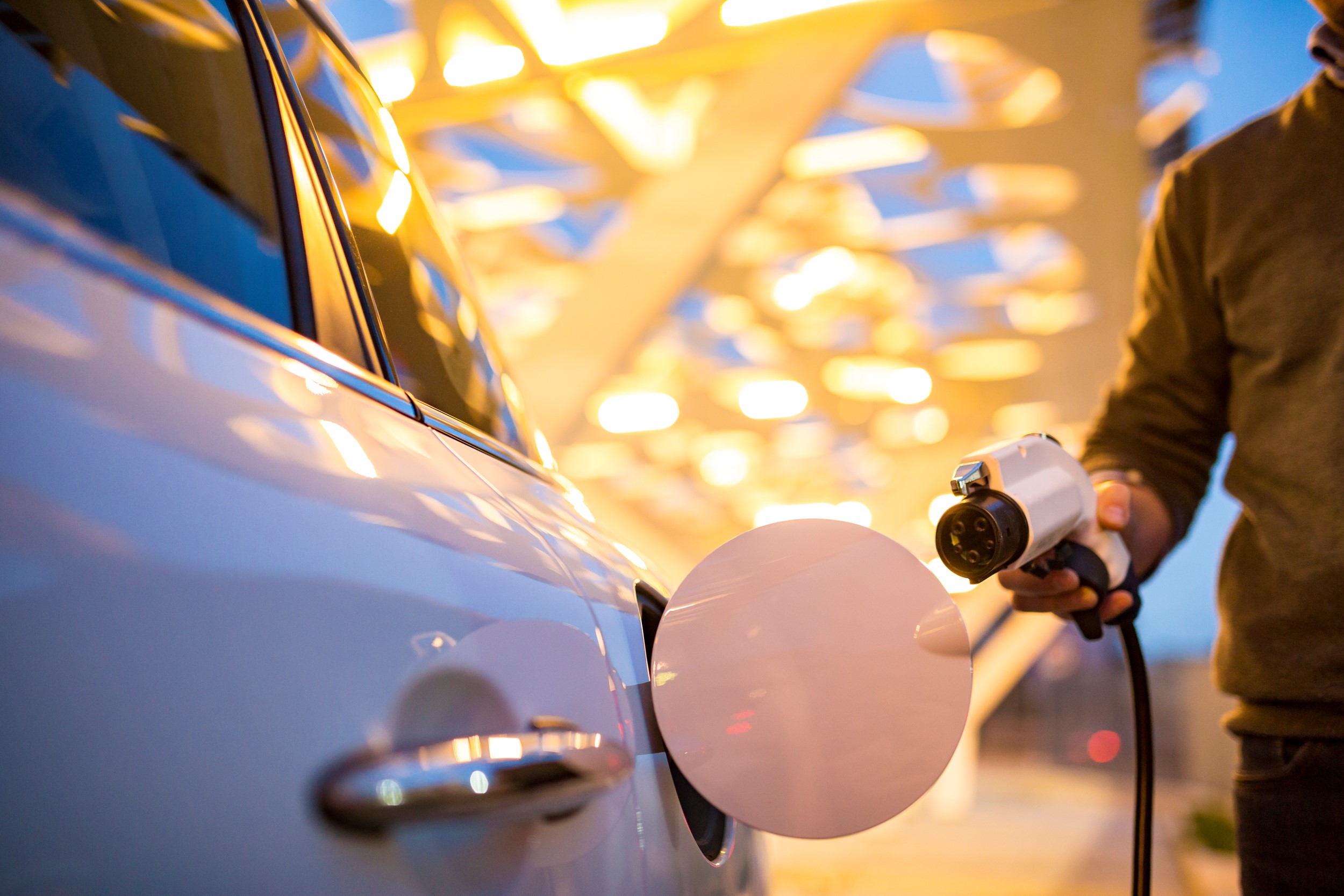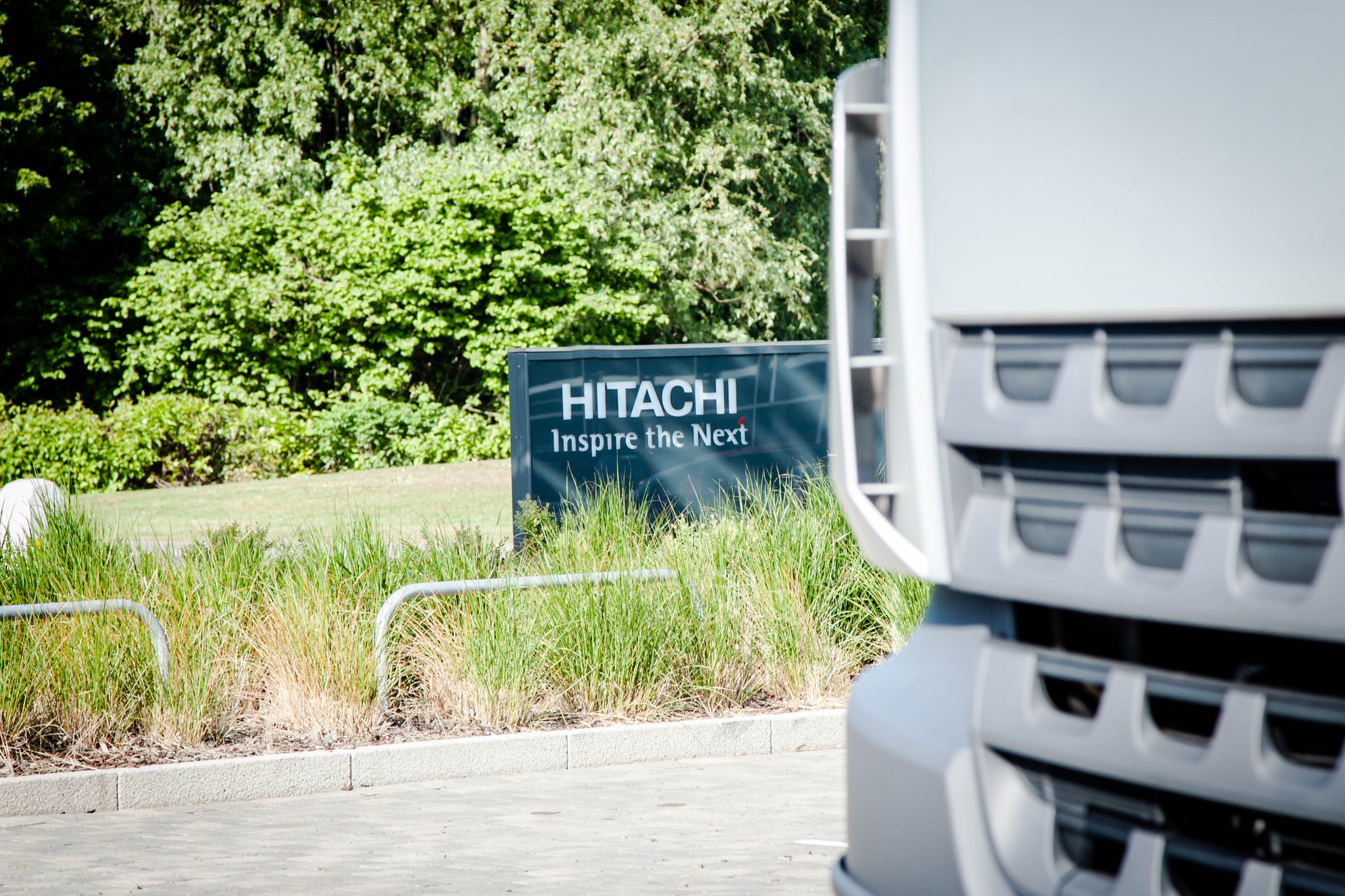Advertisement feature from 
Hitachi Capital Vehicle Solutions
Last year, the Government made a firm promise as part of its Air Quality Plan: a total ban on the sale of new petrol and diesel cars and vans from 2040. And the same document also expressed a related desire: for almost every car and van on roads to be zero-emission by 2050.
The Air Quality Plan contained some policies that will help to bring about this  greener future, such as the expansion of Clean Air Zones around the country. They promised, as part of their subsequent Clean Growth Strategy, that a supplementary ‘long term strategy for the UK’s transition to zero road vehicle emissions’ would be published in March of this year, to fill in some of the blanks.
greener future, such as the expansion of Clean Air Zones around the country. They promised, as part of their subsequent Clean Growth Strategy, that a supplementary ‘long term strategy for the UK’s transition to zero road vehicle emissions’ would be published in March of this year, to fill in some of the blanks.
That strategy wasn’t published in March – it was actually published this month, on 9 July, under the title The Road to Zero. It didn’t receive as much attention as it might have, not least because the dominance of the Brexit negotiations.
Let’s start with the main question: does The Road to Zero really set out a strategy for transitioning the UK’s road vehicles to zero emissions by 2050?
The answer is a little mixed. On the positive side, The Road to Zero certainly contains some admirable ideals. The Government has, for example, backed up its 2040 pledge with a new, intermediary ambition for up to 70% of new car sales to be ultra-low emission by 2030, and up to 40% of new van sales.
And The Road to Zero also features policies to help deliver on this ambition. In particular, it focuses on the charging infrastructure that’s necessary for electric vehicles. £400 million has been earmarked for the launch of the Charging Infrastructure Investment Fund. There’s a policy to ensure that all new homes are built with charge points, ‘where appropriate’. And the grants available through the Workplace Charging Scheme have been raised – among other measures.
 The Road to Zero also fails to answer all of the questions surrounding the promise that inspired it in the first place: the ban on the sale of new petrol and diesel cars and vans by 2040. It states that new vehicles sold from that point should be ‘effectively zero emission’ – but what does ‘effectively’ mean? Hybrids will almost certainly be allowed under this regime, but what type of hybrids? And will they have to have a minimum zero-emission range? The answers are not yet clear, which creates some uncertainty for fleets and individual drivers as they invest in new technologies.
The Road to Zero also fails to answer all of the questions surrounding the promise that inspired it in the first place: the ban on the sale of new petrol and diesel cars and vans by 2040. It states that new vehicles sold from that point should be ‘effectively zero emission’ – but what does ‘effectively’ mean? Hybrids will almost certainly be allowed under this regime, but what type of hybrids? And will they have to have a minimum zero-emission range? The answers are not yet clear, which creates some uncertainty for fleets and individual drivers as they invest in new technologies.
The Road to Zero asks us to ‘wait and see’ in another crucial area. It observes that the Government is ‘working with industry to undertake further testing of the latest gas trucks; the test results will be used to inform decisions on future government policy and support for the use of natural gas in road transport.’
This suggests that there are even more policies coming – most likely creating even further uncertainty. However, Hitachi Capital Vehicle Solutions has long argued, including in our Future of Fuel report from last year, that electricity isn’t the only alternative fuel, and that the Government must consider other options, such as gas, that could be more suitable for particular situations.
If you are looking for a fresh perspective on preparing your fleet for the future, why not get in touch today to discuss you current fleet challenges and needs with our expert Consultants. Visit www.hitachicapitalvehiclesolutions.co.uk/insights to find out more and to request a meeting.
Suzanne Phillips
National Fleet Consultant
Hitachi Capital Vehicle Solutions
consultancy_team@hitachicapital.co.uk

















Edward Handley - 31/07/2018 21:15
Governments have a knack of coming up with headline grabbing policies like banning all petrol and diesel engine vehicles by 2040 - which turns out to be nothing of the sort as it's only new cars and vans and hybrids will still be allowed. The problem is the hype does not quite fit with the science: It was only a few years ago that petrol cars pumped out vast quantities of lead which rotted out brains while diesel were seen as much cleaner. Then there was a scandal about diesel particulates killing us all and now we all have to buy petrol or alternatively fueled vehicles - while the politicians conveniently ignore Euro 6, Adblue, DPFs and other developments which mean that diesel and petrol cars are way cleaner while the Government ignore construction plant, central heating, fridge motors, ships, railway engines and power stations who use much older and dirtier technology. They also ignore things like plastics, which are made from petroleum. The trouble is that only part of crude petroleum is good for making plastics and a large proportion of the stuff which is not suitable is, wait for it, petrol and diesel. Net effect is that less petrol and diesel will be used to power cars and vans so the surplus will be used for heating or powering plastics production. Lets face facts - the oil producers are not going to pump petrol and diesel back down oil wells, it's going to get used one way or another. If it does not get used in Euro 6, 7 or 8 engines in Europe it will probably be used in Africa -1 or India -2 engines (which will save them a fortune in energy costs). All the government have to do is to find a way of making air pollution respect national frontiers, but I am sure they will have no problem passing a law to that effect!